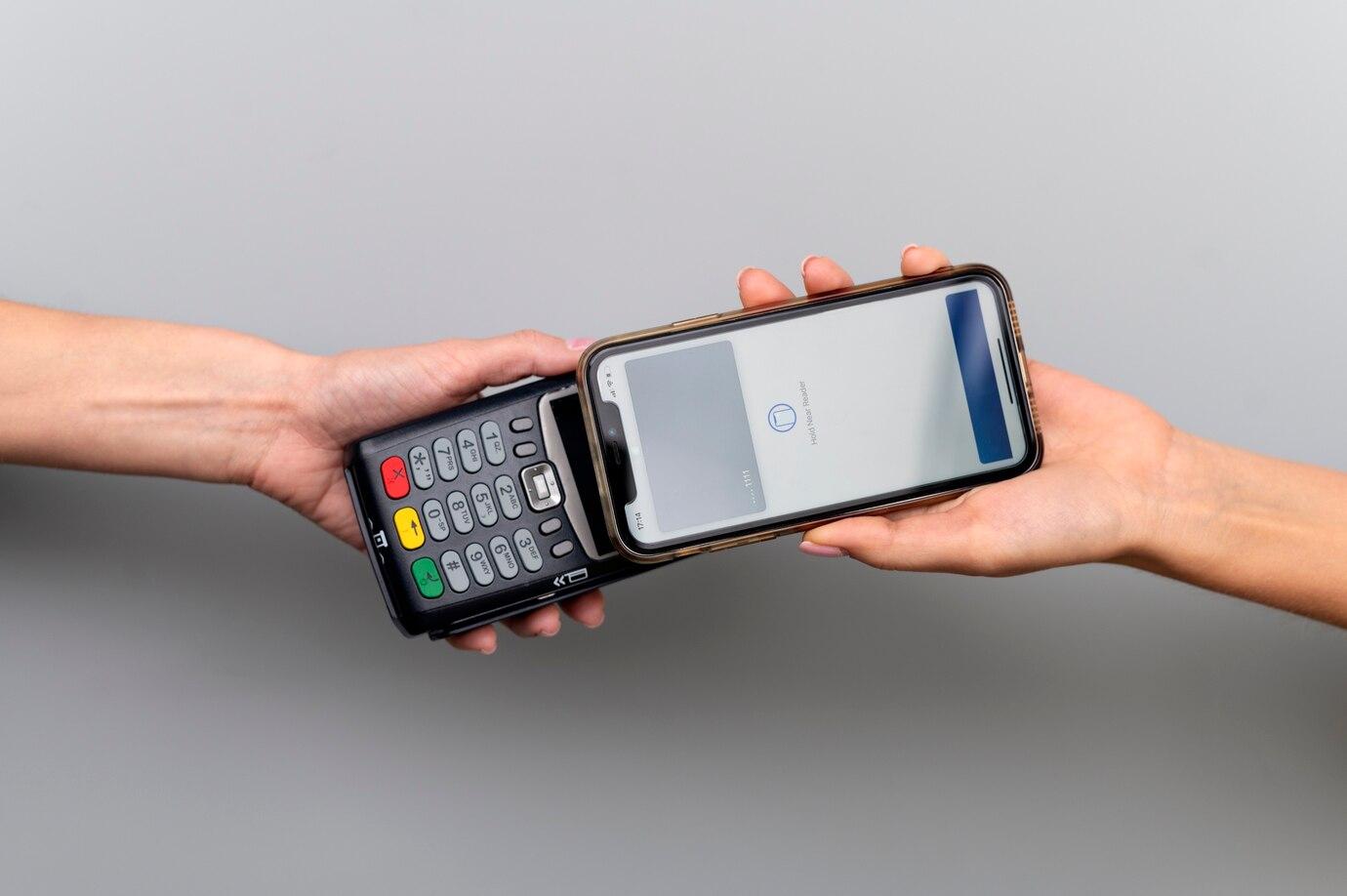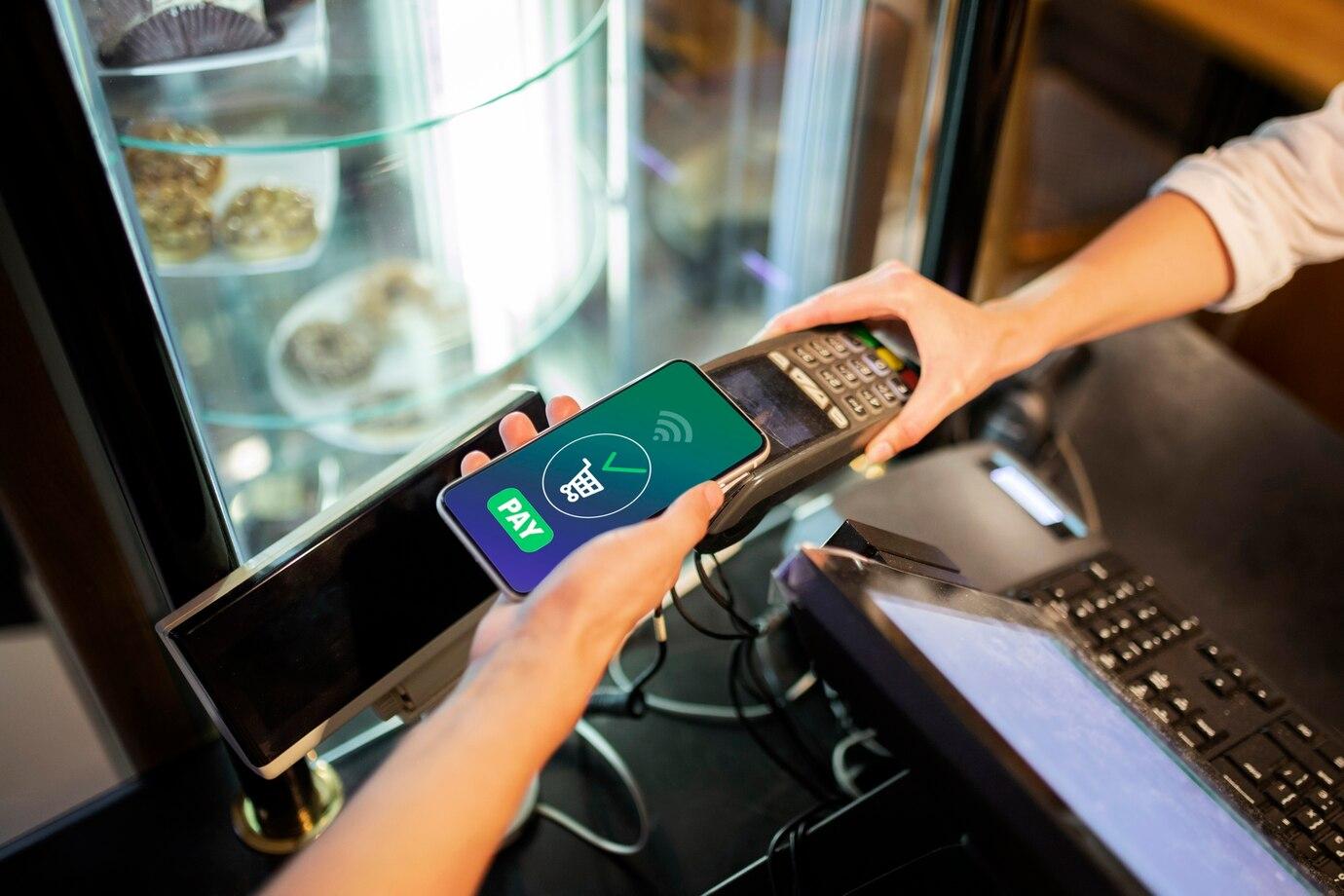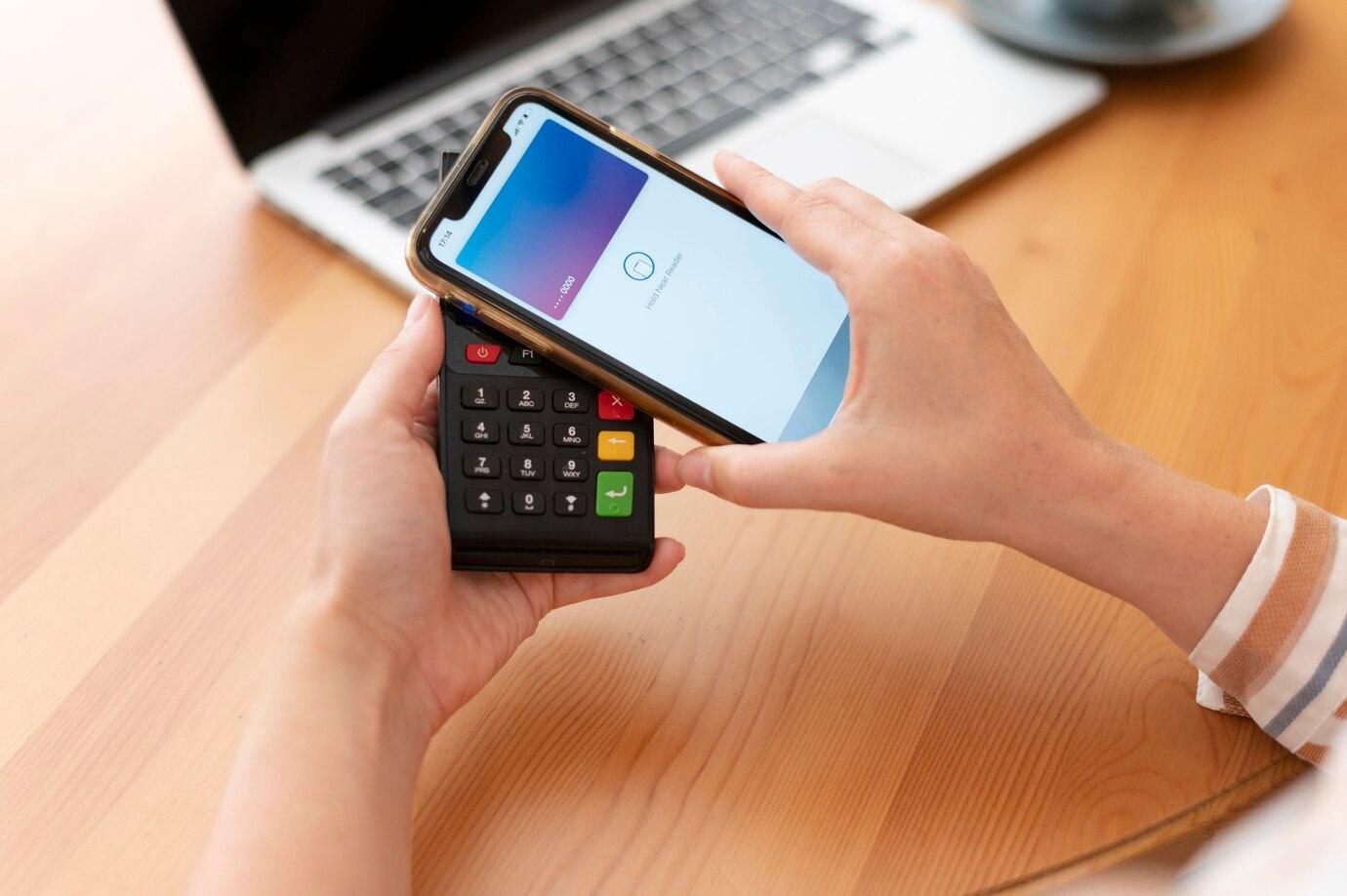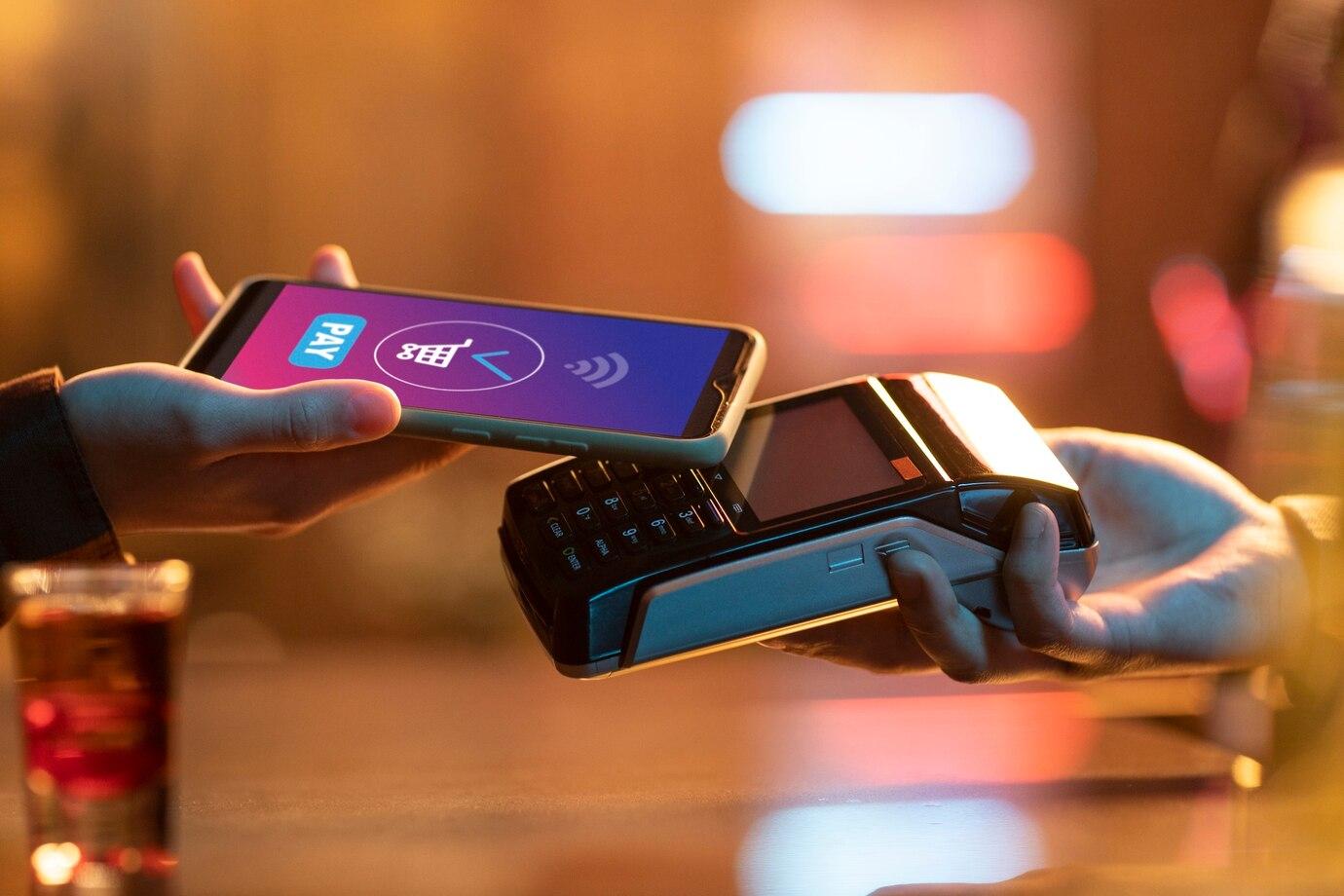In the modern financial world, where the use of bank cards has become commonplace for most people, the Internet and technology have also opened new horizons for fraud. Some of the most common methods of data theft are skimming and shimming. These methods can lead to serious financial losses for both consumers and banks. In this article, we will take a detailed look at what skimming and shimming are, how they work, and, more importantly, how you can protect yourself and your bank cards.
What is Skimming?
Skimming — is a technology by which fraudsters scan and copy information from the magnetic stripe of bank cards. Using special devices called skimmers, criminals can quickly obtain data without any special manipulations. Skimmers can be installed on ATMs, payment terminals, and even card readers in stores.
How does Skimming work?
Skimming begins with the fraudster installing their device near or in combination with legitimate card processing devices. For example, they can place a skimmer on an ATM, disguising it to look like part of the equipment. Once the victim inserts their card, the skimmer reads the magnetic stripe and saves all the data, including the card number, expiration date, and security code.
The next step — is creating a fake card using the stolen information. Fraudsters can use card printers to print cards that look like originals. Once they have the card, they can conduct financial transactions, including purchases and cash withdrawals.

Where is Skimming most common?
Skimming occurs in various places, but typically, fraudsters choose public locations with high foot traffic. These can include:
- ATMs located in remote areas or poorly lit streets.
- Stores and shopping centers, especially during sales periods when there are many shoppers.
- Vending machines for drinks or snacks, where card reading equipment is also used.
Knowing where fraudsters most frequently operate can help you be more suspicious and vigilant.
What is Shimming?
Shimming — is a more modern and advanced method of card data theft. This process involves the use of counterfeit terminals that can read information from both the magnetic stripe and the card chip. As most modern cards have EMV chips, shimming is becoming increasingly popular among fraudsters.

How does Shimming work?
Fraudsters install fake terminals that can look exactly like original credit card readers. They may use hidden cameras or other devices to record PIN codes when the victim makes a purchase. Once fraudsters obtain both the magnetic stripe data and the PIN code, they can easily create duplicate cards and use them for withdrawing money or purchases.
Risks and Tricks of Fraudsters
Today's fraudsters use sophisticated technologies and methods to confuse victims. For example, they may connect their devices to legitimate terminals so that neither the seller nor the buyer suspects fraud. Cases where fraudsters distribute fake QR codes that lead to counterfeit platforms where card data is collected are also popular.
This method is becoming increasingly common as the number of users using contactless cards and mobile payment apps continues to grow. People often underestimate the risks and do not even notice that their data has been stolen.

How to Protect Your Bank Cards?
Protecting your finances — is an important part of everyone's life. The following recommendations can help reduce the risk of becoming a victim of skimming and shimming.
Use Only Secure ATMs and Terminals
Be careful when choosing an ATM or terminal for payment. Use devices located in well-lit and crowded places. If you see something suspicious, besides what you need, it's better to choose another device.
Check Equipment
Before using an ATM or terminal, inspect the device for signs of tampering or installed additional programs. If the device seems strange or has unusual parts, don't take risks.
Do Not Disclose Your Data
Do not share your data with anyone, even with bank representatives. Genuine bank employees will never ask for your passwords or PIN codes by phone or email.
Use Contactless Cards
Modern contactless cards provide additional protection thanks to EMV technology. These cards generate a unique code for each transaction, making them less vulnerable to fraudsters. If your card supports this feature, it can significantly enhance your security.
Monitor Accounts
Regularly check your bank accounts and card statements. If you notice any suspicious transactions, immediately report them to the bank. Many banks offer transaction alerts, which can help you track any changes.

How to Protect Your PIN Code?
Your PIN code — is a smart combination that gives access to your funds. Protecting this code should be a priority:
Avoid Simple Combinations
Avoid simple combinations, such as 1234 or 0000. Also, do not use birthdates or other easily recognizable numbers. It is best to choose random sets of numbers.
Cover the Keypad
When entering your PIN code, always cover the keypad with your hand or another object. This will help prevent spying on the code number from both strangers and hidden cameras.
Set Withdrawal Limits
Many banks offer the option to set limits on cash withdrawals and purchases. You can set such restrictions to minimize losses in case of theft.
Change Your PIN Code
Regularly change your PIN code. This will make it less vulnerable to fraudsters and make it difficult to regain access to it after it is lost.
Skimming and shimming – are serious threats in the modern world. These fraudulent methods can lead not only to financial loss but also to the loss of personal data. However, by following simple safety rules and staying vigilant, you can protect yourself from such pursuers.
Remember that your financial security depends on your own attention and caution. Be attentive, act wisely, and you will be able to avoid the influence of fraudsters in the world of banking services.
